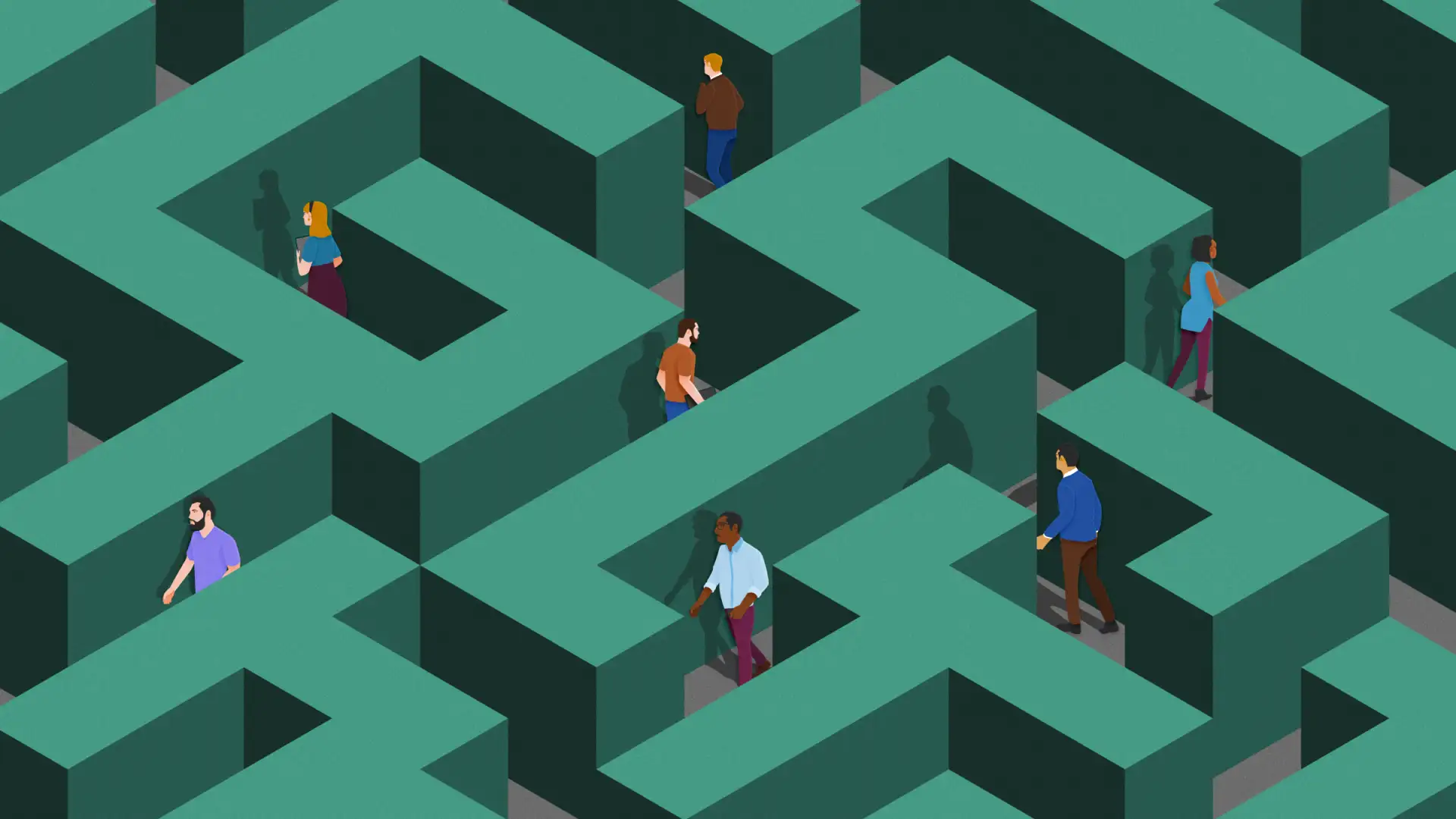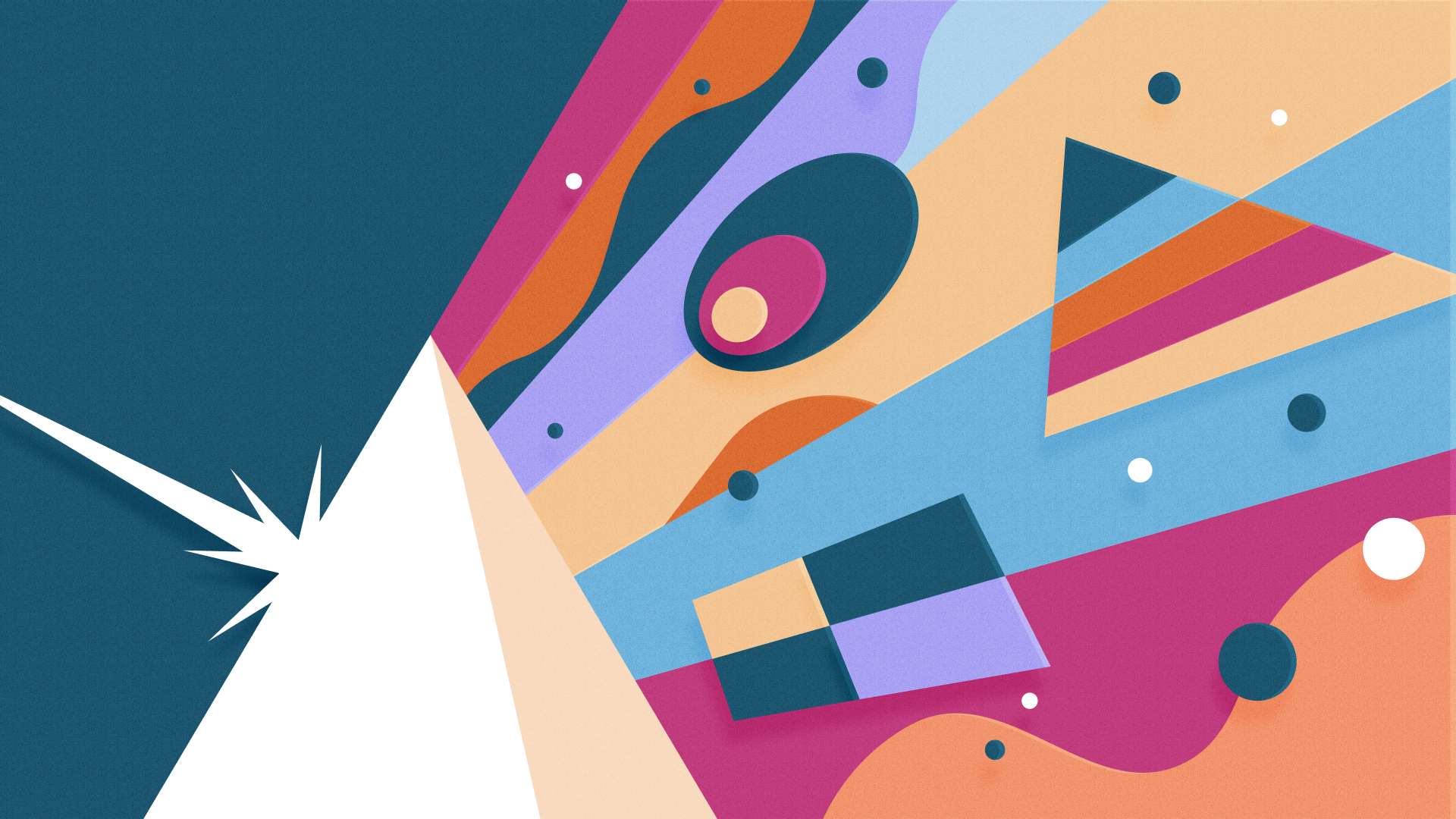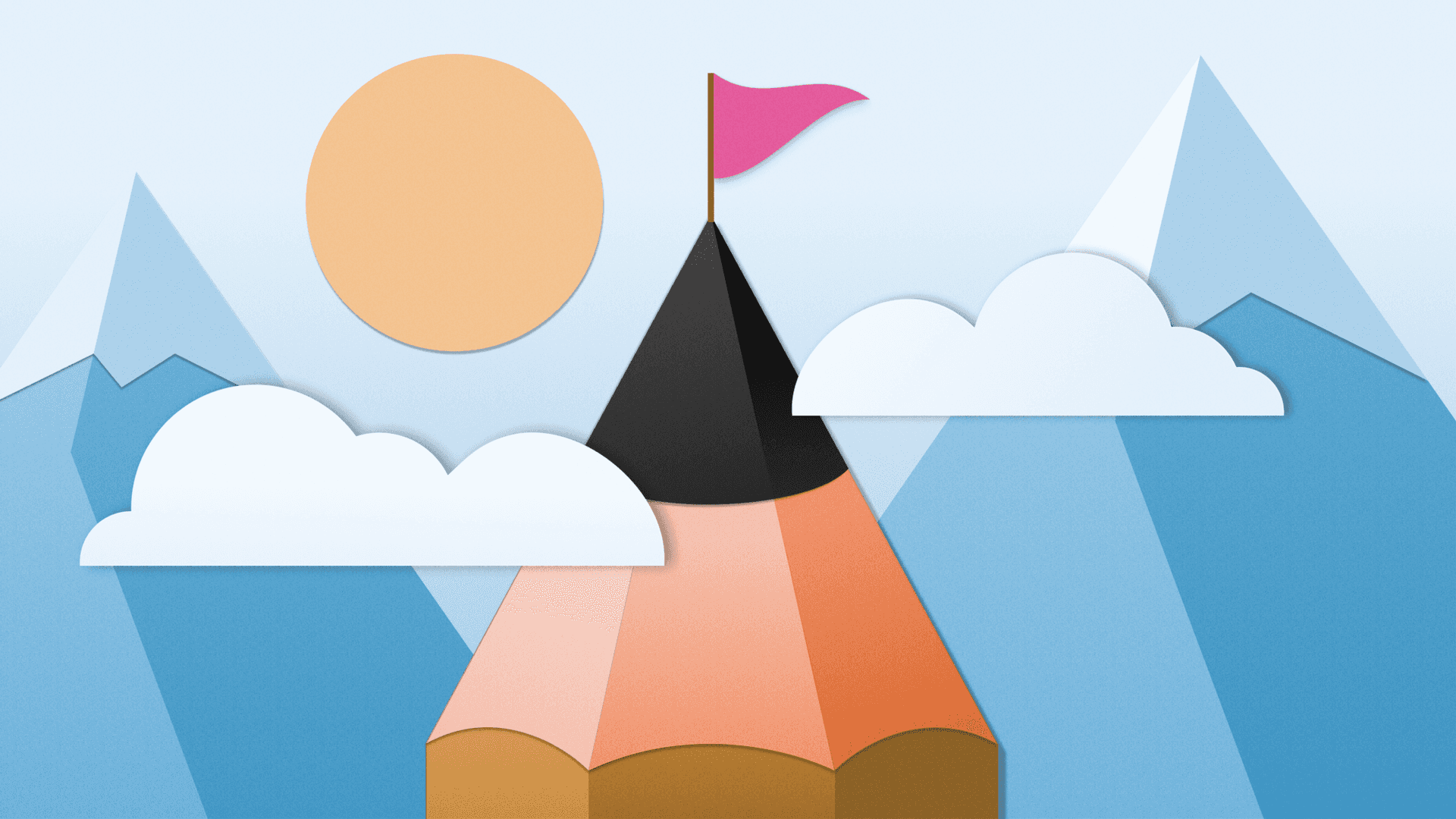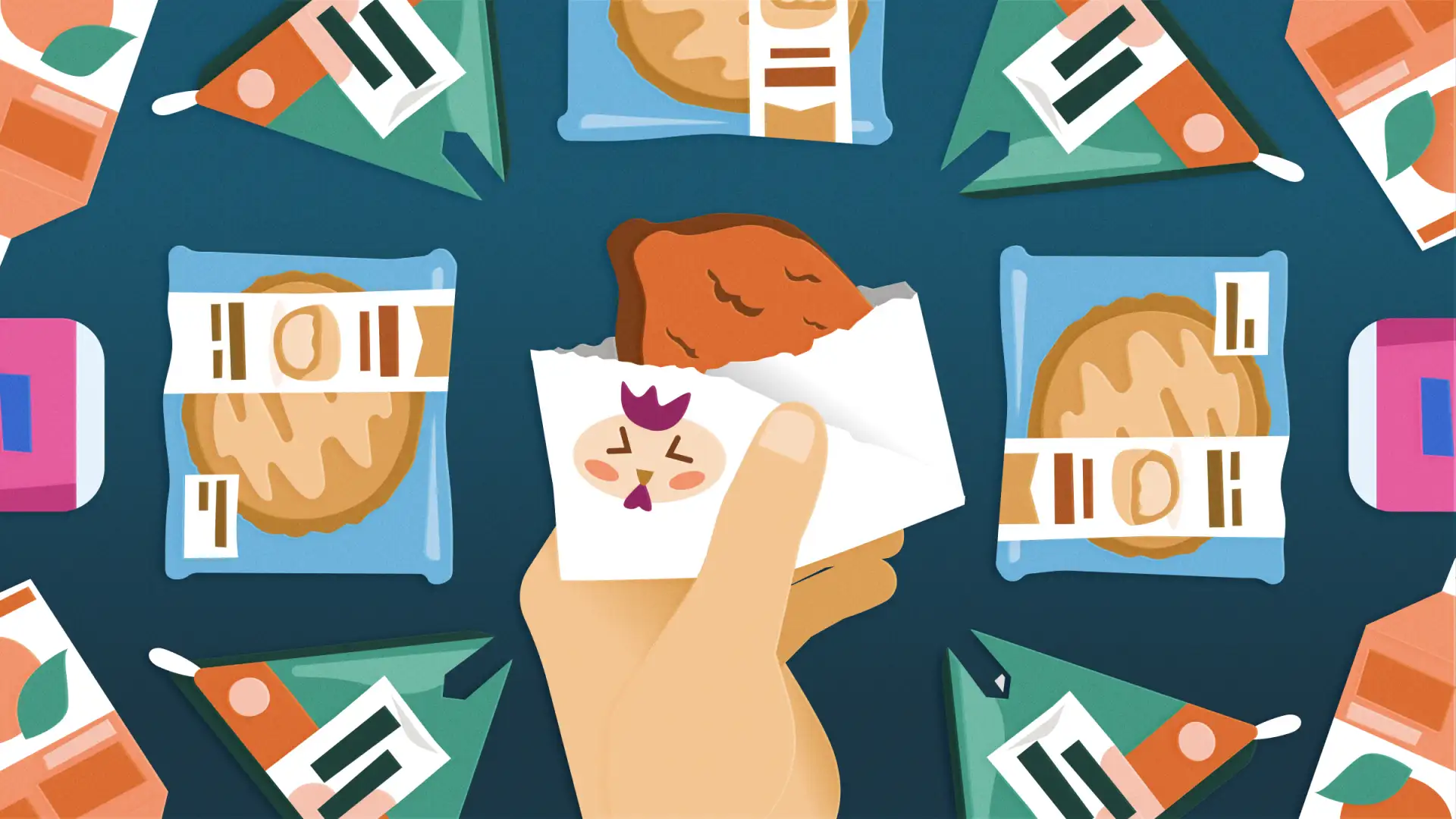In recent years, the evolving field of UX has attracted many creatives — even some who didn’t think working in tech would be a part of their story. People who are now designers, content experts, and researchers call Indeed home for their work. But a career in UX wasn’t always their starting point. Many Indeedians working in UX had to overcome barriers set by others and themselves.
Our teammates have proven that the path into UX can look different for everyone. We want to celebrate them and encourage you by sharing some of their stories. Read on to learn where they came from, how they defined a path for themselves, and how they found the motivation to overcome doubt.
Starting somewhere
A career in UX can offer people the ability to flex creative muscles in a growing field. Others may have found their UX work thanks to advice from mentors, the early days of being a degree-holder, or simply wanting to improve others’ lives. With so many functions, UX attracts creatives from all sorts of backgrounds.
Ingrid Elias, Senior UX Designer: “When I was in art school I knew I never wanted to be a ‘starving artist’ and that I wanted my creativity to go toward helping others. I was introduced to some design programs soon after graduating from undergrad and started exploring career paths from there.”
Susan Chopra, Senior UX Designer: “I got a degree in Computer Science without ever hearing a thing about user experience or usability. It wasn’t until grad school that I was exposed to the field of UX. My advisor had a specialty in Human Computer Interaction. Once I started learning about it, I was hooked!”
The UX field even provided a place for some of our team members to realize and expand their childhood interests.
Michelle Sargent, UX Content Strategist: “I drew a lot as a kid. I was never good at sports or smart subjects like science. It was kind of a default move to study graphic design for my undergrad. But as I progressed in my career, I realized I wanted to be involved in the business side of creative strategy and not only receive a brief from clients or stakeholders. Like many content strategists, my career and education has been a zigzaggy road to where I am now.”
Senior Content Designer Melanie Seibert felt jumping to a new career was an easy choice: “I was working as a tech writer and thought, ‘instead of trying to explain how to use the software, why don’t we make it so easy we don’t have to?'”
But these motivations were only the start of the journey. For our own Indeed UX experts, the push and pull between self-doubt and the expectations of those around them made it tough to carve out a career. Here’s how some of our team members overcome self-doubt and reconcile their working identities with the demands of an ever-changing field.
Doubting the drive
People now working on our teams have countless unique skills and talents. When it came time to find a place in the UX field, many still wondered if they could ever meet the demands of their future work and colleagues.
When we asked what obstacle presented the biggest challenge, many said they stood in the way of themselves or wonder whether their work stacks up to those around them..
Melanie Seibert: “My own insecurity is the biggest hurdle in my career. I just kept doing work until I stopped questioning whether I could do the work.”
Becca Galfer, UX Design Manager: “Self-doubt tells me I never know enough about users and stakeholders, nor design patterns and processes — let alone about product, engineering, and other business disciplines. I keep my aim focused on doing the best I can right now for my team and our users.”
Susan Chopra: “The biggest challenge I still encounter in my career is struggling with imposter syndrome. Design — and great designers — are everywhere. It can be hard to not compare yourself with others. While I haven’t overcome this completely, I take actions that help — things like being kind to myself and focusing on what I have control over.”
Ingrid Elias: “Every day, I struggle internally with whether I will be taken seriously or respected for my opinions, expertise, and experience. But as I learn and grow, the struggle gets easier to stomach, and the will to fight gets stronger.”
Indeed’s team members are creative and resilient in how we support each other and take care of ourselves. But it’s also important to recognize that equity in opportunity is a huge factor in the journey through self-doubt and realizing a satisfying career.
Making your own way
The tech industry hasn’t always represented the global community that now comprises it. That’s no secret. Identity shapes how we perceive ourselves — especially for some whose backgrounds and experiences lie outside the majority.
UX Designer Valeria Molina shares how she created a path for herself in the past and continues moving forward:
“I am a Latin woman from a small town in south Texas. I can’t even begin to explain how the life I live today has gone beyond any of my wildest expectations as a child. The biggest challenge I faced was realizing that I was worth it and that I could do it, whatever I set my mind to, that is.
“My immigrant parents gave up everything so that I could live the American dream. While I was lucky to have so many people supporting me throughout my life, it was difficult to see myself where I am today due to a lack of representation and societal inequalities in life. While I had the opportunity of meeting individuals that helped guide me to where I am today, not everyone is as fortunate.
“I am not even sure if I have overcome this obstacle completely, but I am working on it by putting myself out there, taking risks, learning, and pushing forward. I want to help others, and I want people to realize that regardless of any biases, stereotypes, or statistics that might be out there, contradicting whatever their dream is, that they can do it.”
As some Indeedians have found throughout their careers, people too often associate UX with a single lane: design. This perception doesn’t fully represent the experiences of experts who aren’t designers and sometimes affects who earns a place at the top. UX work is full of opportunity. Our teammates constantly remind us how valuable it can be to revisit and reconsider assumptions about whose skills, backgrounds, and voices strengthen teams.
Senior UX Researcher Michelle Peterson: “The notion that UX is synonymous with design exclusively is a common hurdle that prevents people in non-design disciplines from being considered for senior cross-disciplinary leadership roles. At other places I’ve worked and even within Indeed, it’s rare to find a researcher who has become a senior leader in a UX org.
“There’s no reason researchers, content strategists, or other UX subspecialties can’t lead UX orgs. But designers are disproportionately given the opportunity to leverage their leadership skills in this way. The fact that UX encompasses more than design is not just a semantic argument. It has real-world consequences for those in UX orgs who are not designers.”
Working toward the right work
Some Indeedians have struggled to find satisfaction and empowerment in other jobs and experiences. Ultimately, they realized how UX could better serve their talents and life outside of work. Many found that pushing through self-doubt and toward personal priorities can truly pay off.
Carl Bean-Larson, Visual Designer: “At my last studio job, now about seven years ago, I felt like I had hit a ceiling. I wanted to do more of certain kinds of work, and I wanted to push that work further. I left that studio to start my own practice, which I ran for about three years. Eventually I did achieve both of those initial goals through my own determination, hustle, and outreach.”
UX Content Strategist Michelle Sargent: “I took a chance on a startup opportunity. I thought, ‘If I don’t do this now’ … ‘No regrets’—all the things you tell yourself when making these decisions. It ended up being the worst time of my life.”
“After six months, as I left the startup, my confidence and self-worth were crushed. My self-doubt was at an all-time high. I looked back at my career and questioned my value during all of it. I felt like an imposter and a failure. I felt that to fail at this career move meant my whole life was a lie. Why would anyone want to hire the person I realized I was? Within a few weeks, I’d started a new job and tried to push down those feelings. Just turned them off. Probably not the best way to deal with it.
“Immediately, people started coming to me for my opinions and feedback. They valued my contribution, respected my skills and experience, and it started to slowly boost my confidence. I was doing good work and being recognized, and people were positive toward me. Where was the negativity and disappointment I was now used to? Things felt strangely normal again.
“I rediscovered that I was worthy of the career I’d built. I came out the other side of a dark, thick fog and now knew all my career twists and diversions had led me to the role I was meant to reach right then. My biggest hurdle is also my lowest point and my biggest triumph. I wouldn’t give up the experience because it made me more resilient and conscious of others’ struggles throughout their careers.
“The best part is that this hurdle led me to the role that prepared me for my new life at Indeed.”
UX Designer Jayna Hadwiger found that a fuller life outside of work and focusing on those she cared for ultimately improved her professional productivity and skill:
“Learning to balance work and life (especially when I was first starting grad school) was the biggest hurdle. Right out of undergrad, I became a bit of a workaholic because I felt like I had so much to learn (which I did). I was in such a rush to better myself, I let my social life slip and had to make an active effort to see family and friends more — which ultimately made me a better designer because I was practicing empathy and interacting with others while learning not to take myself so seriously.”
Overcoming means staying persistent
UX will keep growing, changing, and challenging people. More generations of professionals will take new turns to find where their talents fit in. Veterans will continue building on timeless skills to succeed in a new landscape.
It’s likely many will keep doubting themselves along the way, but how we get through it is more important. Take time to recognize the moments where you’ve made progress. Encourage yourself and your colleagues. Your story may not match what you imagined, but it may give someone else the confidence they need to persist.
Keep in mind: the story of your career matters. At some point, the struggles along the way to meaningful work begin to align and make sense of each other. By sharing our stories, we find solidarity in the hardships and successes.





